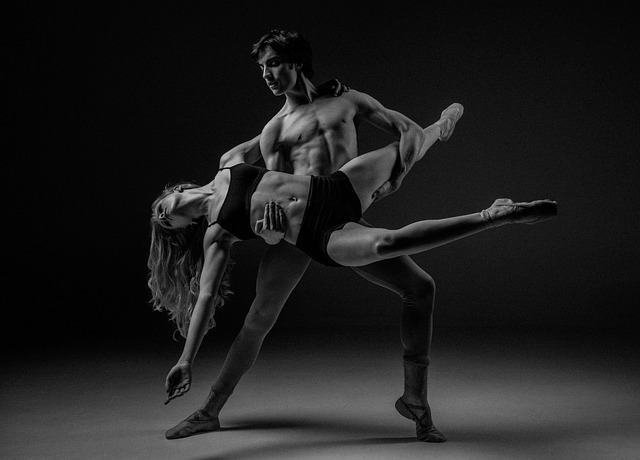The Role of Music in Neoclassical Ballet: Composers and Collaborations
Neoclassical ballet, a genre that emerged in the early 20th century, seamlessly blends the traditional elegance of classical ballet with modern sensibilities. One of the key elements that define the essence of neoclassical ballet is its intricate relationship with music. Composers and choreographers collaborate to create performances that captivate audiences with their harmonious synergy.
The collaboration between composers and choreographers in neoclassical ballet is a delicate dance in itself. Composers contribute an auditory dimension that complements the visual spectacle of ballet, enhancing emotional depth and storytelling. Conversely, choreographers infuse movement with meaning, translating music's auditory beauty into mesmerizing physical expressions.
One of the most iconic collaborations in neoclassical ballet history was between composer Igor Stravinsky and choreographer Vaslav Nijinsky. Their groundbreaking work "The Rite of Spring" shattered conventions with its avant-garde music and daring choreography. Stravinsky's evocative score captured the primal energy of the narrative, while Nijinsky's choreography redefined ballet's boundaries, creating a performance that was as controversial as it was revolutionary.
Sergei Prokofiev's poignant composition for "Romeo and Juliet" remains a testament to the symbiosis between music and dance. Choreographer Kenneth MacMillan's choreography breathed life into the tragic love story, translating Prokofiev's melodic themes into breathtaking movements. The marriage of Prokofiev's lyrical melodies and MacMillan's choreographic prowess resulted in a timeless masterpiece that continues to enthrall audiences worldwide.
Neoclassical ballet allows composers and choreographers to collaboratively express emotions that words often fail to capture. The interplay between music and movement empowers artists to convey nuanced feelings, be it love, anguish, or triumph. This synergy enables performers to transcend the limitations of language, resonating with audiences on a profound emotional level.
The rhythmic cadence of music establishes the heartbeat of neoclassical ballet. Composers craft compositions that serve as dynamic blueprints, dictating the pace and intensity of movements. Choreographers, in turn, choreograph sequences that synchronize with the ebb and flow of the music, creating an immersive experience where dance and music become inseparable partners.
Neoclassical ballet has proven to be a platform for breaking traditional molds and embracing innovation. Composers collaborate with choreographers to explore new musical territories, incorporating modern harmonies and unconventional structures. This amalgamation of traditional and contemporary elements results in performances that respect ballet's heritage while pushing the art form into exciting new directions.
Composers from diverse cultural backgrounds often infuse their compositions with elements of their heritage. Collaborations between composers and choreographers celebrate cultural fusion, intertwining music and dance traditions from around the world. These cross-cultural collaborations enrich neoclassical ballet with a tapestry of influences, resonating with global audiences and fostering a deeper understanding of artistic diversity.
Neoclassical ballet's enduring allure lies in its ability to combine the timeless grace of classical ballet with contemporary artistic expressions. Composers and choreographers unite their talents to craft performances that transcend the boundaries of dance and music. Through their collaborative efforts, they create indelible moments that linger in the hearts and minds of audiences, reaffirming the profound impact of music in the world of neoclassical ballet.





